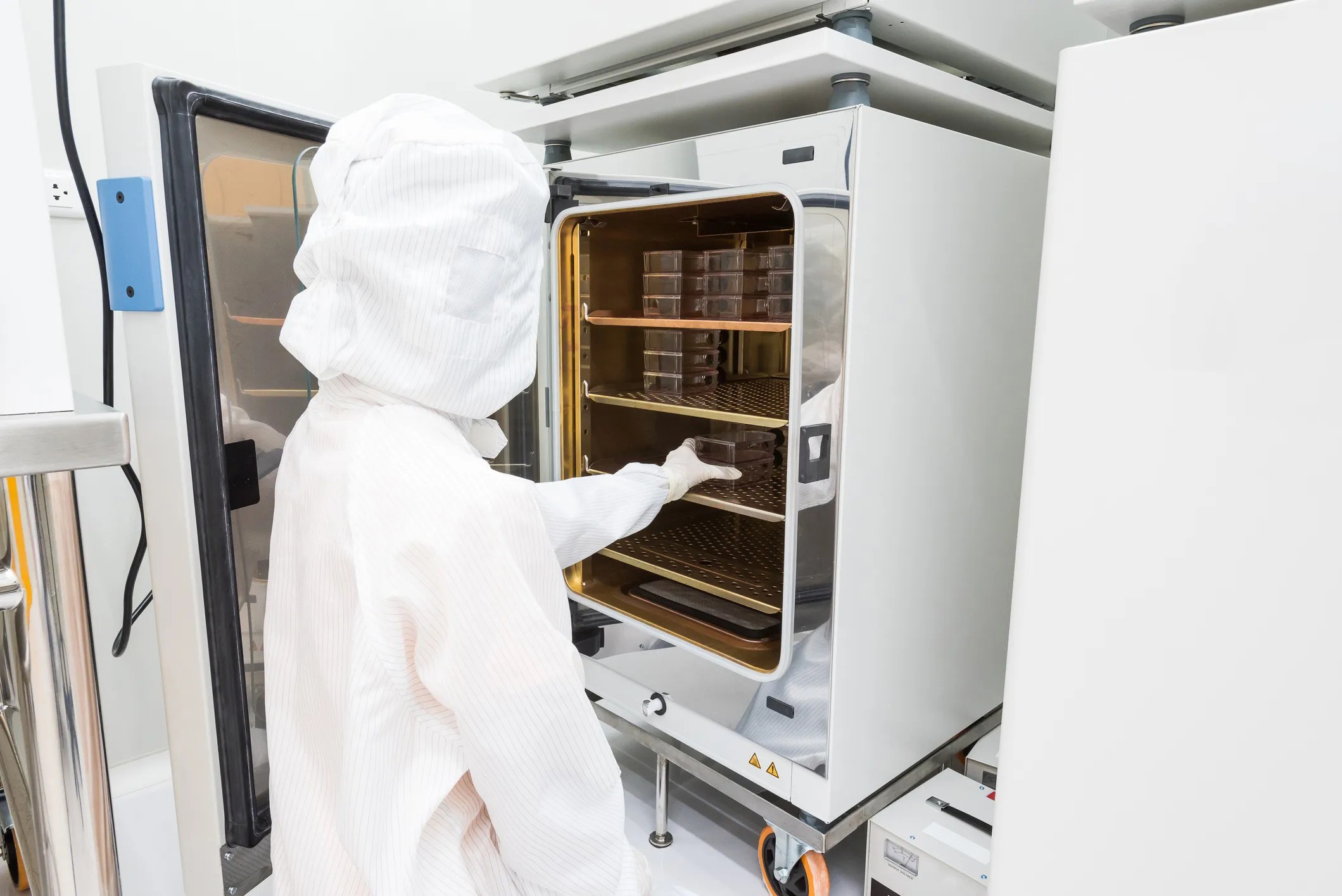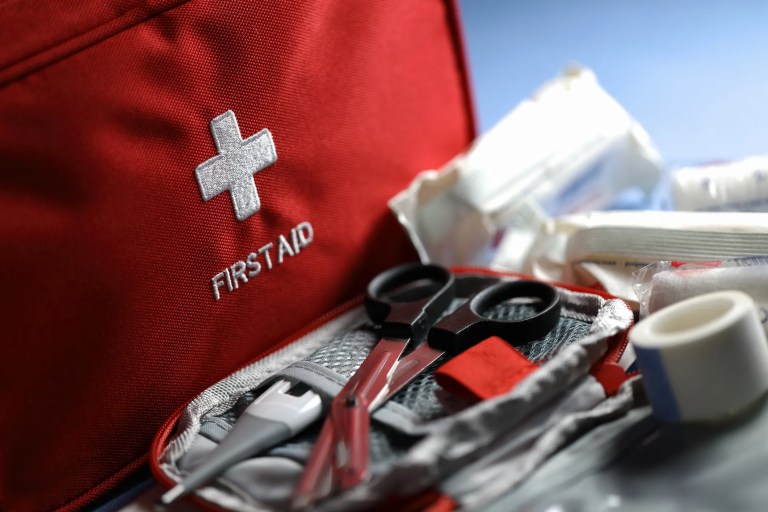IEC 60068-2-1 Ed. 7.0 en:2025—Cold Testing

Ever wonder why your smartphone still lights up at a swipe during a ski trip, even when the air is biting cold and snow is falling around you? It is not just clever design — it is the result of careful, standardized environmental testing. One of the key standards behind this reliability is IEC 60068-2-1 Ed. 7.0 en:2025—Environmental testing – Part 2-1: Tests – Test A: Cold, which provides specifications for cold temperature testing of electronic components and equipment.
What Is the IEC 60068 Series?
The IEC 60068 series provides standardized methods for environmental testing of products and components to assess their reliability and performance in various conditions, including temperature, humidity, vibration, shock, and exposure to dust or salt. These tests assure products can withstand their operational, storage, and transport environments. The IEC 60068 family of standards include:
- IEC 60068‑1 provides general principles and guidance
- IEC 60068‑2 contains specific tests (e.g., cold, dry heat, humidity)
- IEC 60068‑3 provide supporting methods, guidance, and auxiliary material
So, IEC 60068-2-1 Ed. 7.0 en:2025 is one of those “specific test” standards—specifically for coldtesting.
What Is IEC 60068-2-1 Ed. 7.0 en:2025?
IEC 60068-2-1 Ed. 7.0 en:2025 specifies temperature tests at low temperatures, generally referred to as “cold tests,” that are applicable to non-heat-dissipating and heat-dissipating specimens, to determine the ability of components, equipment, or other articles to be used, transported or stored at low temperature.
IEC 60068-2-1 Ed. 7.0 en:2025 is applicable to energized as well as non-energized specimens that normally achieve temperature stability during the test. The specimens can be subject to test in packed condition (to simulate transportation and storage) or in unpacked condition (to simulate use).
This document does not specify tests to determine the impact of temperature changes on specimens.
Purpose of Cold Temperature Testing
Cold temperature testing evaluates a product’s performance, durability, and reliability in low-temperature conditions by exposing it to simulated or actual extreme cold environments. This process assures that:
- Components remain functional
- Materials do not become brittle
- Mechanical and electronic systems operate correctly
Common applications of cold temperature testing include testing vehicles, electronics, medical devices, textiles, consumer products (e.g., coffee maker or a refrigerator, and industrial components for various sectors. This test assures that whether it is a car in the Alps or the warm, insulated jacket you are wearing in the Rockies, the product remains efficient and reliable.
Cold temperature testing is standardized by IEC 60068-2-1 Ed. 7.0 en:2025.
What Is New in the 2025 Publication of IEC 60068-2-1 Ed. 7.0?
This seventh edition cancels and replaces the sixth edition published in 2007. IEC 60068-2-1 Ed. 7.0 en:2025 constitutes a technical revision, and it includes the following significant technical changes with respect to the previous edition:
- Revision of the introduction and scope
- Inclusion of new figures and symbols for clarification purposes
- Clarification of the test procedure for ascertaining high or low air velocity in the test chamber
- Clarification of the requirements for measuring points around, on or in specimens
- Reintroduction of the nomogram procedure for the correction of the conditioning temperature when testing with high air velocity (Test Ad and Test Ae)
- Revision of the temperature tolerances of the test
- Revision of standardized requirements for the relevant specification and test report
- Inclusion of the advantages and disadvantages of the testing procedures.
IEC 60068-2-1 Ed. 7.0 en:2025—Environmental testing – Part 2-1: Tests – Test A: Cold is available on the ANSI Webstore.






